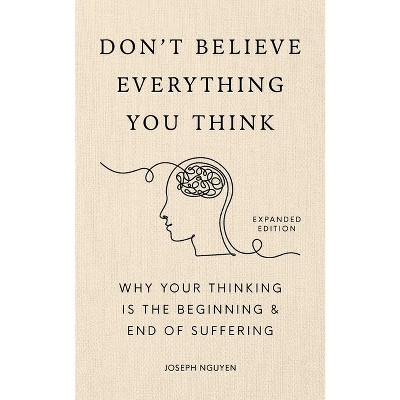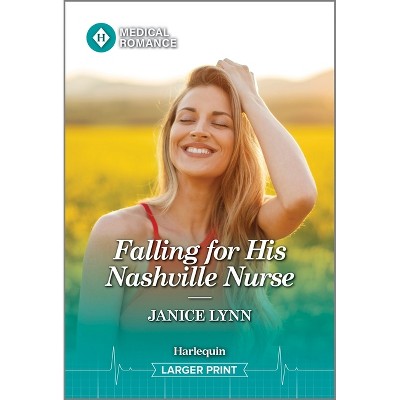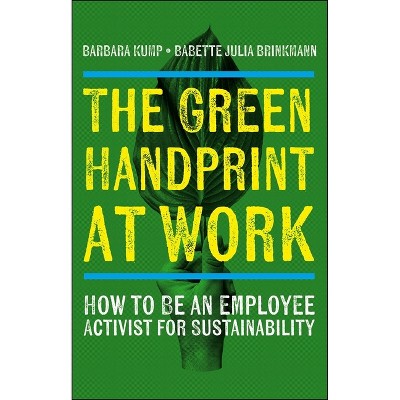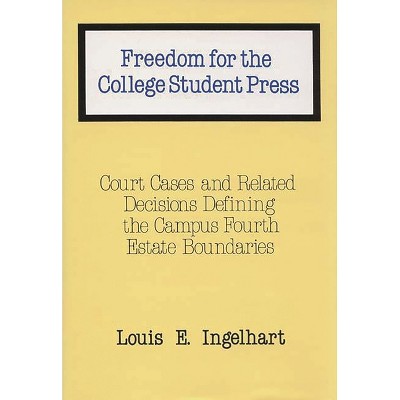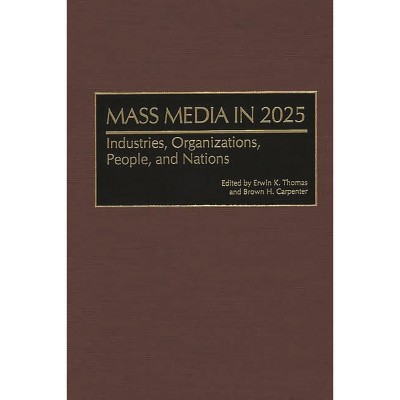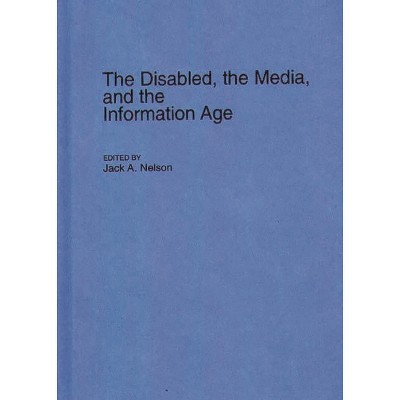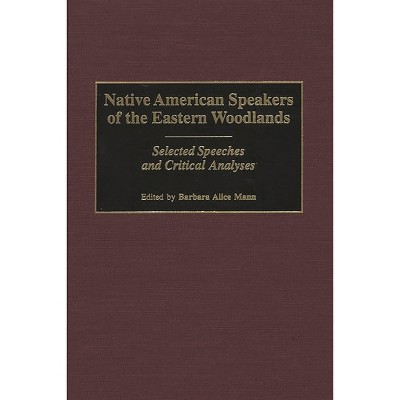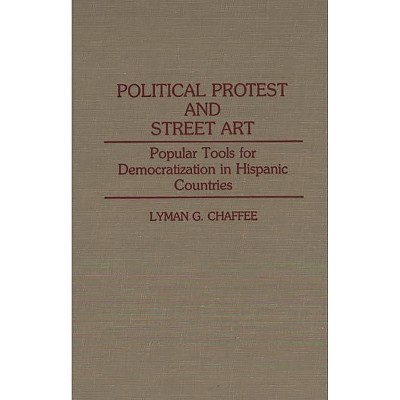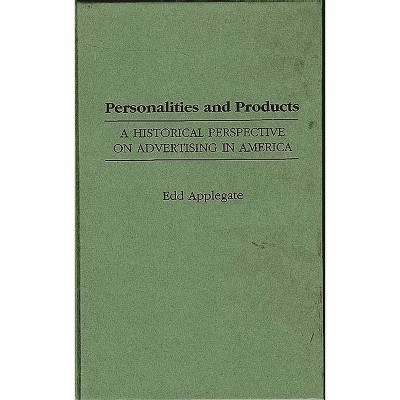Sponsored

Before Video - (Contributions to the Study of Mass Media and Communications) by Anthony Slide (Hardcover)
In Stock
Sponsored
About this item
Highlights
- The video revolution in the 1980s affected all areas of the American entertainment industry; its impact was most dramatic--ultimately devastating--to the non-theatrical film field.
- About the Author: ANTHONY SLIDE has held executive positions with both the American Film Institute and the Academy of Motion Picture Arts and Sciences.
- 192 Pages
- Language + Art + Disciplines, Communication Studies
- Series Name: Contributions to the Study of Mass Media and Communications
Description
About the Book
The video revolution in the 1980s affected all areas of the American entertainment industry; its impact was most dramatic--ultimately devastating--to the non-theatrical film field. Non-theatrical film is the term used to describe motion pictures which are not shown in movie theaters, but are produced and/or distributed to markets that include the educational community, home, and business and industry. The author covers the early Hollywood-produced features and short subjects in a format other than 35mm for homes, hospitals and correctional institutions, as well as industrial films. This is also the history of two major non-theatrical libraries, Bell and Howell and Kodascope, both of which were founded to service the needs of purchasers of the then-newly introduced 16mm projectors.
The book documents how the advent of the 16mm projector made possible the introduction of audio-visual aids in classrooms and offices. A number of production companies were established, primarily in Chicago, to produce films for this new outlet. In addition, Hollywood saw a new market and began licensing distribution of the films. Complete with appendices providing distributors from the 1920s-1940s and current names and addresses of non-theatrical film sources, this book-length study of the history of this film genre is both important and much needed.
Book Synopsis
The video revolution in the 1980s affected all areas of the American entertainment industry; its impact was most dramatic--ultimately devastating--to the non-theatrical film field. Non-theatrical film is the term used to describe motion pictures which are not shown in movie theaters, but are produced and/or distributed to markets that include the educational community, home, and business and industry. The author covers the early Hollywood-produced features and short subjects in a format other than 35mm for homes, hospitals and correctional institutions, as well as industrial films. This is also the history of two major non-theatrical libraries, Bell and Howell and Kodascope, both of which were founded to service the needs of purchasers of the then-newly introduced 16mm projectors.
The book documents how the advent of the 16mm projector made possible the introduction of audio-visual aids in classrooms and offices. A number of production companies were established, primarily in Chicago, to produce films for this new outlet. In addition, Hollywood saw a new market and began licensing distribution of the films. Complete with appendices providing distributors from the 1920s-1940s and current names and addresses of non-theatrical film sources, this book-length study of the history of this film genre is both important and much needed.Review Quotes
?you'll learn just how much they are still a part of our culture, particularly as stock footage in new documentaries.?-Matinee at the Bookshelf
?A book for scholars rather than general readers. It is an important summary work, for it covers, admittedly in a sketchy manner, the origins, development, and decline of the nontheatrical film. Those interested in this fascinating film area will find Slide's modest attempt a significant document. His nine chapters are straightforward and full of interesting information. Chapter 3, "The Eastman Kodak Connection," is quite revealing of corporate generosity and greed in about equal parts.?-Choice
"you'll learn just how much they are still a part of our culture, particularly as stock footage in new documentaries."-Matinee at the Bookshelf
"A book for scholars rather than general readers. It is an important summary work, for it covers, admittedly in a sketchy manner, the origins, development, and decline of the nontheatrical film. Those interested in this fascinating film area will find Slide's modest attempt a significant document. His nine chapters are straightforward and full of interesting information. Chapter 3, "The Eastman Kodak Connection," is quite revealing of corporate generosity and greed in about equal parts."-Choice
About the Author
ANTHONY SLIDE has held executive positions with both the American Film Institute and the Academy of Motion Picture Arts and Sciences. He is the author or editor of more than forty books on the history of popular entertainment, including Sourcebook for the Performing Arts (with Patricia King and Stephen L. Hanson, Greenwood, 1988), The International Film Industry (Greenwood, 1989), and The Television Industry (Greenwood, 1991). Slide has also been active in the 16mm field. He has directed three short documentaries on Hollywood film personalities and in 1991 completed a feature length documentary, The Silent Feminists: America's First Women Directors. Just as Before Video is a pioneering, first history of the non-theatrical film, Slide has also authored first-time histories of Early American Cinema, Early Women Directors, and The Cinema and Ireland.Shipping details
Return details
Trending Non-Fiction



